Text
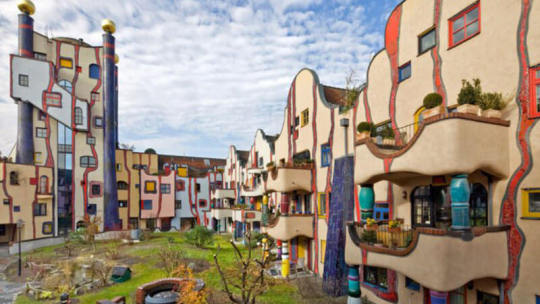

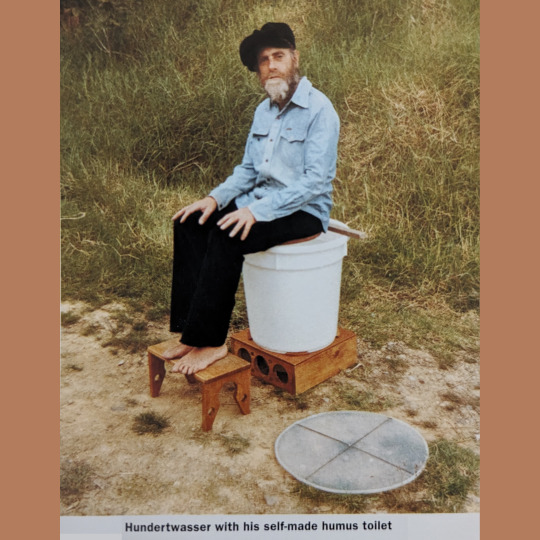

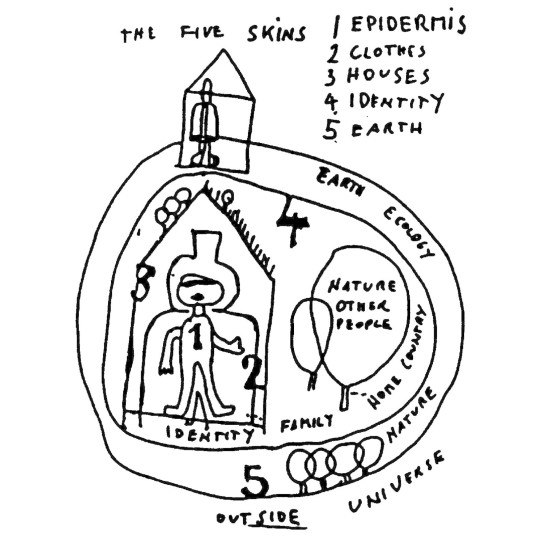

IDEAL CITIES
Friedensreich Hundertwasser, born Friedrich Stowasser (15 December 1928 – 19 February 2000), was an Austrian visual artist and architect who also worked in the field of environmental protection. Hundertwasser stood out as an opponent of "straight lines" and any standardization, expressing this concept most powerfully in the field of building design. His best known work is the Hundertwasserhaus in Vienna, which has become a notable place of interest in the Austrian capital, characterised by imaginative vitality and uniqueness.
Hundertwasser's original and unruly artistic vision expressed itself in pictorial art, environmentalism, philosophy, and the design of facades, postage stamps, flags, and clothing (among other areas). The common themes in his work utilised bright colours, organic forms, a reconciliation of humans with nature, and a strong individualism, rejecting straight lines.
0 notes
Text
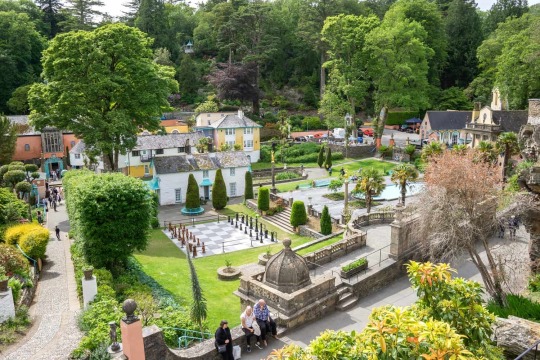





IDEAL CITIES: Portmeirion, Part 2
“I am not a number. I am a free man!”
Portmeirion Village provided the backdrop for the 1960's cult classic TV series, “The Prisoner,” starring Patrick McGoohan, who is seen in one of the photos with Clough Williams-Ellis.
Patrick McGoohan not only starred as Number Six, the leading role in “The Prisoner,” he was also the creator and driving force behind the 17 episode series. The series was a sequel to his previous starring vehicle, titled “Danger Man” in the UK, but famously changed to “Secret Agent Man” in the US. Johnny Rivers, memorably sang the title song written by Sloan and Barri for the American broadcast, “Secret Agent Man,” which reached number 3 on the Billboard chart.
Like Seaside in the Truman show, Portmeirion is an idyllic setting that is the de facto prison of the protagonist, in this case a former secret agent who has dared to quit, only to be imprisoned by the powers-that-be because of the dangerous knowledge he has of what really goes on. Both shows raise the question of whether we are prisoners of beauty, and whether we can only be free in the mundane world we actually inhabit. A theme later repeated in “The Matrix” movies.
“The Prisoner” was probably one of the most influential pieces of television of the 1960's not only in the UK and USA, but also in France, Australia, and many other countries. Even The Beatles were fans. Its cult status was confirmed with the establishment in the 1970's of the official Prisoner Appreciation Society, Six of One. Continued interest resulted in an updated version broadcast in 2009 - a 6 episode mini-series with Jim Caviezel and Ian McKellen.
Personally, I still covet his Lotus Super Seven!
Johnny Rivers singing:
“Secret, AGENT man!
Secret, AGENT man!
They’ve given you a number, and taken ‘way your name….”
2 notes
·
View notes
Text





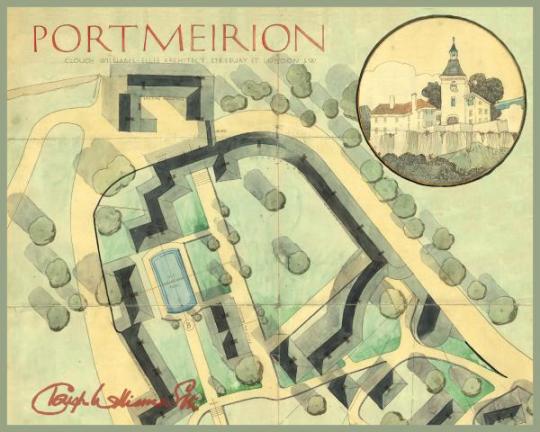
IDEAL CITIES
"I think that Beauty, The Strange Necessity - as Rebecca West once called it - is something that matters profoundly to humanity, and that unless the race of man perishes from the earth, it will increasingly value that Grace, will seek it, and will ultimately attain it." - Sir Clough Williams-Ellis
In 1925, Welsh architect Clough Williams-Ellis acquired the site which was to become Portmeirion: the Aber Iâ estate near Penrhyndeudraeth on the coast in Wales. He wanted to show how a naturally beautiful location could be developed without spoiling it, and that one could actually enhance the natural background through sympathetic development. The Aber Iâ estate had everything he had hoped for as a site for his architectural experiment: steep cliffs overlooking a wide sandy estuary, woods, streams and a nucleus of old buildings.
Portmeirion was built in two stages: from 1925 to 1939 the site was 'pegged-out' and its most distinctive buildings were erected. From 1954-76 he filled in the details. The second period was typically classical or Palladian in style in contrast to the Arts and Crafts style of his earlier work. Several buildings were salvaged from demolition sites, giving rise to Clough's description of the place as "a home for fallen buildings"
Susan Williams-Ellis, the elder daughter of Clough Williams-Ellis, was the founder of Portmeirion Pottery. Susan and her husband Euan Cooper-Willis began Portmeirion Pottery in 1960, perhaps at this point more well known than its namesake village.
1 note
·
View note
Text




THE CITY OF GOD, part 2
A man named Willian Penn founded a city called Philadelphia in the seventeenth century, four square and oriented to the cardinal points, in the age old image of Eden - the Imago Mundi. At the center was an open square, a navel, on which at the end of the 19th century a tower was built as part of city hall. This Axis Mundi is visible for miles around, announcing to all that the City of Brotherly Love, heir to the ancient Philadelphia of the Bible (now Amman, the capital of Jordan), gathers men together under the protection of God.
In the 1980’s an architect from Philadelphia, born in Rome – Aldo Giurgola - won a competition to design the new capitol building of Australia in Canberra, a new city laid out at the beginning of the century. This man-made mountain, four square, has at its center the flag of the nation, an Axis Mundi calling citizens together under the sign of the natural order of the cosmos.
And so we secular folk continue down to the 21st century to re-enact the rituals of life whose meaning continues to reverberate despite our ignorance of their origins.
0 notes
Text

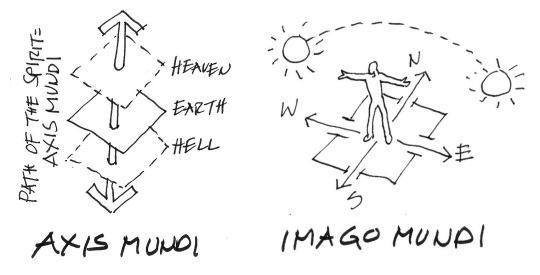


THE CITY OF GOD, part 1
In this holy week we in Philadelphia may happen to think of St. Augustine, who wrote the City of God to absolve Christianity of the fall of Rome, instead making of Rome the triumph of Christianity, the City of God. But all cities in the traditional world of religion were attempts to found on earth a home in the image of the sacred order of the cosmos.
Scholars of religion will tell you of the search of religious man in archaic societies to orient himself to the eternal in a chaotic and hostile world.
He looks for the center where a break through occurs, from plane to plane, a vertical axis that connect Heaven, Earth and Hell. It is where the hero - Christ in the case of Christians - ascends or descends and the life-giving energy flows down to this world.
This Axis Mundi, as it is called in Latin, pierces the earth at the navel of the world.
From the point of the axis spreading out in four directions religious man recreates an image of the sacred order of God in this world. He creates an Imago Mundi, the image of God’s perfect world, Eden.
Genesis describes how four rivers ran to the four cardinal directions from a source in the center of Eden.
Two of these rivers were the Tigris and the Euphrates, which do not in fact run at a right angle to each other but roughly parallel through what is now Iraq.
The archetypical Islamic garden with its water channels reproduces this image of the Garden of Eden.
0 notes
Text




IDEAL CITIES
Watched The Truman Show again this week. A great movie with an Oscar caliber dramatic performance by Jim Carrey as the unwitting subject of a TV reality show about his life. It takes place in a fictional utopian small town that is actually a real place, Seaside, FL. Seaside was the first successful demonstration of the principles of New Urbanism back in the 1980's. Clearly it represents something that nearly everyone sees as an ideal town.
https://30a.com/the-truman-show-30a/
0 notes
Text

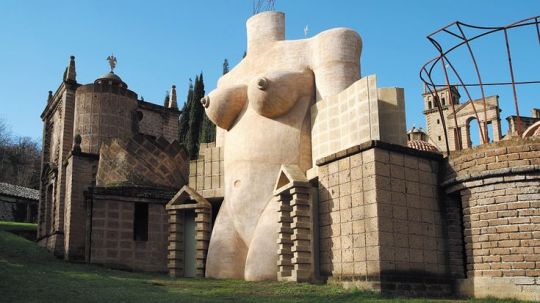


IDEAL CITIES
You might say that our city (like so many others) is losing its soul, not because of development, which we need desperately, but because of cheap development. The glory of historic Philadelphia is being replaced by a sea of metal and Dryvit boxes. Yet some individuals, obsessed with the loss, have devoted their lives to building monuments to the desire for something better. One such astonishing monument is LA SCARZUOLA, in the Umbria region of Italy.
0 notes
Text
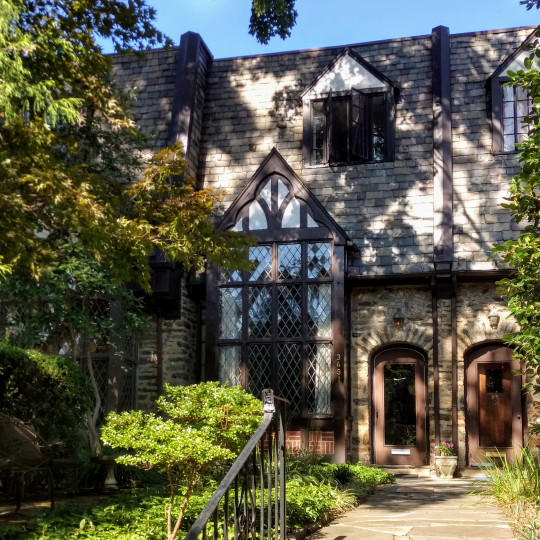
Happy Valentine's Day/Ash Wednesday!! Does that mean we are to be restrained in our expressions of love? Here is one person's ode to something they love, Witold Rybczynski's (Professor Emeritus at Penn) seminal work on the meaning of home. Comfort is the key, but not necessarily of the physical kind. "Home is where the heart is" they say....
0 notes
Text

A three mile run to Mr. Humboldt and three miles back. Alexander von Humboldt, the great 19th century naturalist, whose statue was gifted to Philadelphia by its German residents.
1 note
·
View note
Text




News of a friend's passing reminds me of all the great architects lost in the past year. One who should be better known is Juha Leiviska, the Finnish architect and master of light, who passed away this past December. "Complex simplicity" someone once said. He could invoke the deepest emotions out of minimal means, with the presence of light. I was lucky to hear him lecture once here in Philadelphia. Humble and hardworking, a model for us all.
0 notes
Text

Happy New Year to all!! How can it be 2024 already?! I still have all this gingerbread to eat!!!
0 notes
Text

A Merry Christmas to all!!
Chongqing, PRC, Dec. 2009.
0 notes
Text

THE BIRTH OF THE LIGHT reminds us of the deepest mysteries of mankind, and our relationship to the Creator.
To quote Rudolf Steiner:
Men who knew something about the Mysteries saw a deep harmony between human destiny and the course of the sun across the sky. They said that the sun makes the days grow shorter as autumn approaches, that everything withdraws into the earth. When Christmas arrives, a turning point is reached. The light increases, days grow longer and nature reawakens. So the birth of the light at Christmas time has been celebrated since the times when the light became the symbol of revelation in the world and man. In the East all men of the post-Atlantean epoch saw in the light the garment of the wise world order, of world wisdom.
Gazing into cosmic space today, we see the light shining steadfastly and harmoniously from the stars. In reality, however, the Spirits of Wisdom reveal themselves through the light, which in ancient religions was conceived of as the garment of cosmic wisdom. It was at first celebrated as the unity, the primeval wisdom, then as the duality of light and darkness, and finally as the trinity, the illuminated human being, the teacher and mediator, Mithras. But mankind could be blessed by this cosmic harmony only when a consciousness of it arose from the human heart itself. The external light, the light that is born out there in the universe, must today be born also in the human heart.
Christianity stands as the external mystical fact for the birth of the light. Christ brought to the earth what had existed from the beginning, although it was hidden from mankind throughout the ages we have been speaking of. Now, however, a new climax was reached. Even as the light is born anew at the winter solstice, so in the fourth post-Atlantean period the Savior of Mankind, the Christ, was born. He is the new Sun Hero who was not only initiated in the depths of the Mystery temples, but who also appeared before all the world so that it could be said, “Blessed are they that have not seen and yet have believed” (John 20:29). When it was recognized that the Divine could descend into a personality, the festival celebrating the birth of the Sun Hero, the Christ, came to replace the festival celebrating the birth of the light.
youtube
0 notes
Text

Here is a welcome addition to any street, with its warmth and vitality. And it all appears to be paint!
Vurnik's House, located in Ljubljana, Slovenia, is an architectural gem designed by Ivan Vurnik in the early 20th century. It's known for its distinctive geometric patterns and vibrant colors, showcasing the influence of Slovenian folk art on modern architecture. Photo by Peter Rajkai.
0 notes
Text

Very interesting and valuable discussion from Mr. Bean! Drive less is the best current solution (and always the best for our cities). There will be more innovations to come.
0 notes
Text

Oh no! It's Cyber Monday!
(Photo at Pedraza, Segovia, by J.M. Hernandez Sanchez)
0 notes
Text

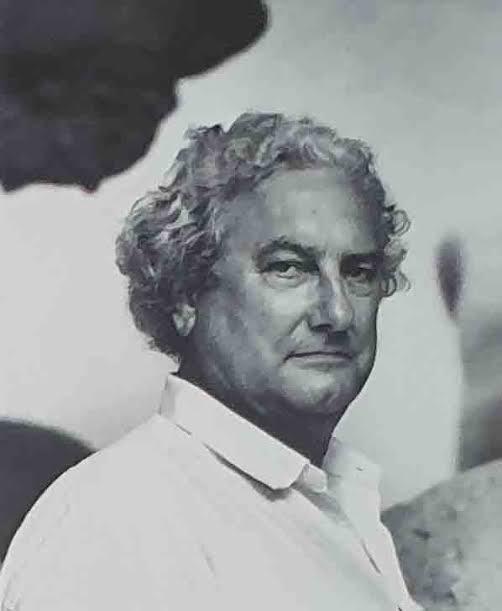

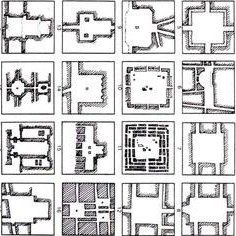
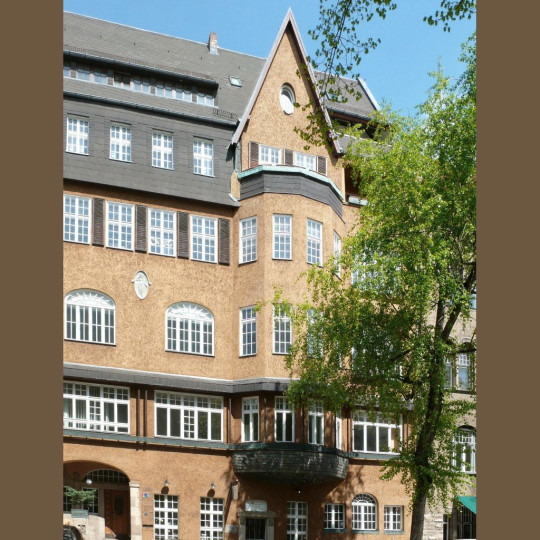
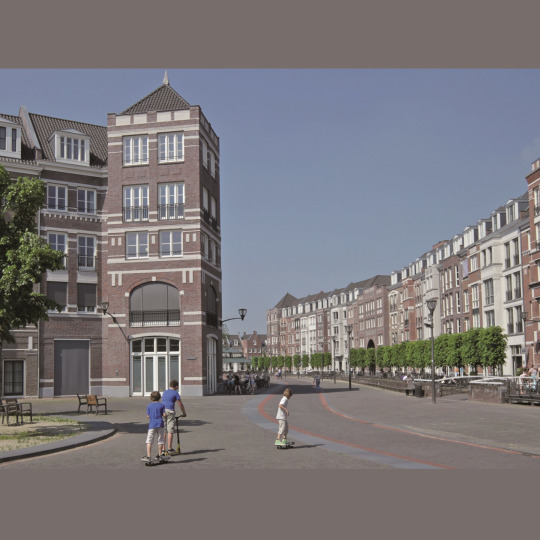
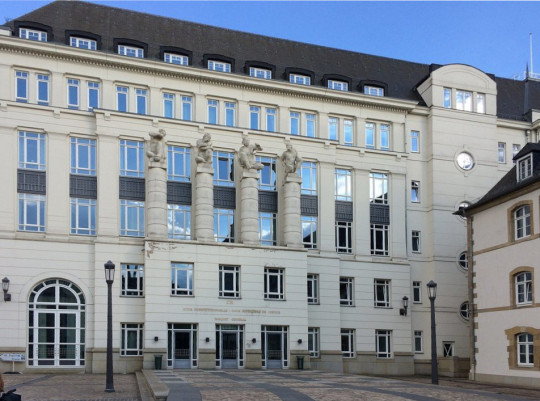
Rob Krier died yesterday, the elder of the Krier brothers. Both architects, artists, polemicists, leaders of the return to traditional values and those of historic urbanism, the continuous thread of civilized urban life in the west, that began with Rome and continues to this day in historic cities like Philadelphia. Of the two Rob was the builder, responsible for great swathes of new traditional urban districts in Germany and other European countries. All of the buildings in the photographs are new. Even the sculptures are his.
1 note
·
View note